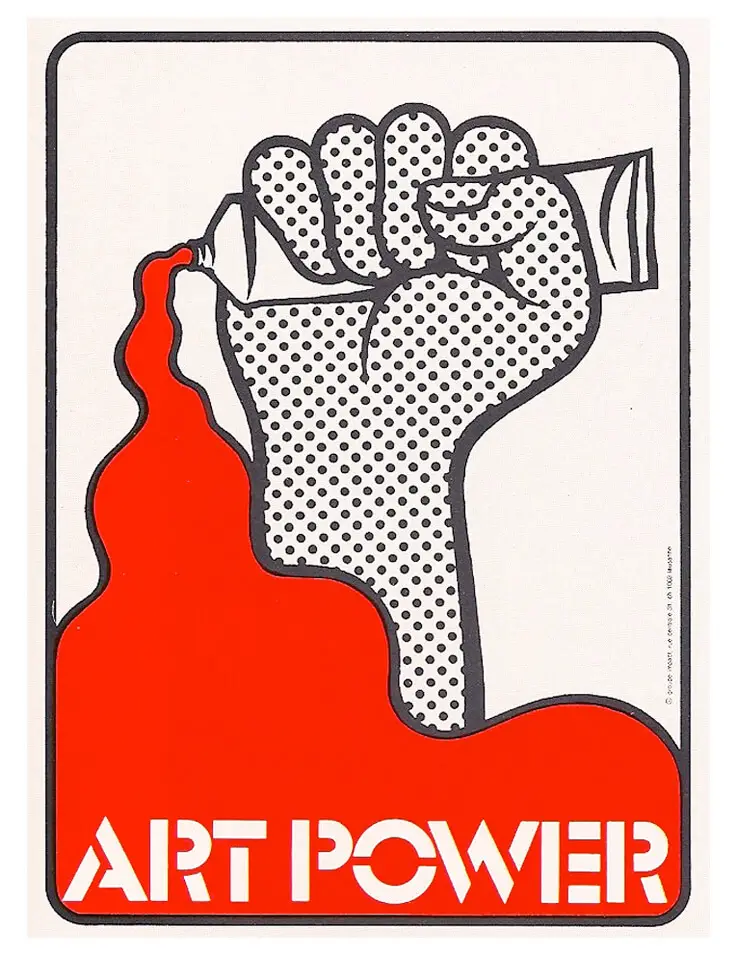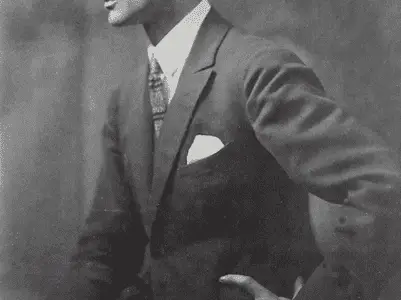Mastering Tank Sketches: A Comprehensive Guide

Embarking on a journey to delve deeply into the world of sketching, it becomes apparent that one of the more complex structures to decipher and translate onto paper lies in the form of military tanks. Robust in build and intricate in design, these formidable machines combine stark functionality with an unconventional, albeit captivating, aesthetic appeal. Understanding the basic structure of tanks, from the unyielding turret and intimidating gun barrel to the remarkable engineering of tracks and tactical placement of hatches, is crucial. This knowledge serves to enhance the realism and authenticity of sketches. As we venture forth, we aim to provide a comprehensive guide, starting by identifying and understanding key components, followed by the development of a preliminary sketch, and culminating with the integration of intricate details and shading techniques that breathe life into this mechanical beast.
Understanding Basic Tank Structure
The Artistry Behind the Armoured Canvas: Unravelling the Components of a Tank
Truth be told, a tank isn’t ordinarily something one would consider as a canvas for creative expression. Yet, wrapped within their steel shells, these mechanised behemoths hold a symphony of engineering marvels, each with its unique significance in the overall design.
The Hull:
Think of the hull as the blank canvas on which the entire design is predicated. It is to a tank what sky is to a bird. Not only does this lower, boxy part of the machine offer the initial structural form, but it also hosts the engine and transmission systems, ensuring the tank can move with agility and speed. It is also worth noting that the hull houses the crew compartments, securing a haven for the soldiers within.
The Turret:
If the hull translates to the tank’s body, then the turret is its vigilant eyes. Located atop the hull, it’s complete with the main weapon (usually a cannon or gun) and secondary weapons. This rotating component allows for a 360-degree field of view and fire, proving that the pen is not always mightier than the sword.
The Tracks:
Consider these the brush strokes that guide the direction of the artwork. Essentially, the tank’s tracks are designed for the purpose of all-terrain movement. Their expansive surface area traverses soft surfaces like mud and sand with ease, and steep inclines or rugged landscapes can be overcome without worry. The tracks are a testament to the fact that the destination is more critical than the journey.
The Armour:
Reflecting on the metaphor of our canvas, the armour fills in as the frame that holds the artwork – resilient and enduring. The thickness and steep angles reinforce the body, protecting the internal systems and crew from external forces. A critical element of the tank design, the armour often makes use of cutting-edge materials and technologies for an upper hand in battles.
The Engine:
Picture the engine as an artist’s beating heart, circulating life into the whole design. Typically located at the rear of the hull for protection, it’s the nucleus of a tank’s operations. Whether using petrol, diesel, or even a gas turbine, the engine’s power reflects in the tank’s speed, acceleration, and overall manoeuvrability.
The Gun/System:
Let’s call this the colours upon the artist’s palette – varied, impactful, and essential. The gun or weapon system concludes the piece de resistance for a tank. It can range from a high-velocity gun to a powerful machine gun or even a flamethrower in some designs. Its importance in the tank’s blueprint is as distinctive as the strokes that ultimately define an artwork.
Creating, or indeed, understanding a tank is much akin to appreciating art. They are more than just hunks of metal, but rather they are stories of human innovation, resilience, and creativity. It takes a close eye to comprehend the range of elements sewed together, each with pivotal roles, fashioning a masterpiece ready for its stage – the battlefield. They say beauty lies in the detail – and so it would seem, does the genius of tanks.
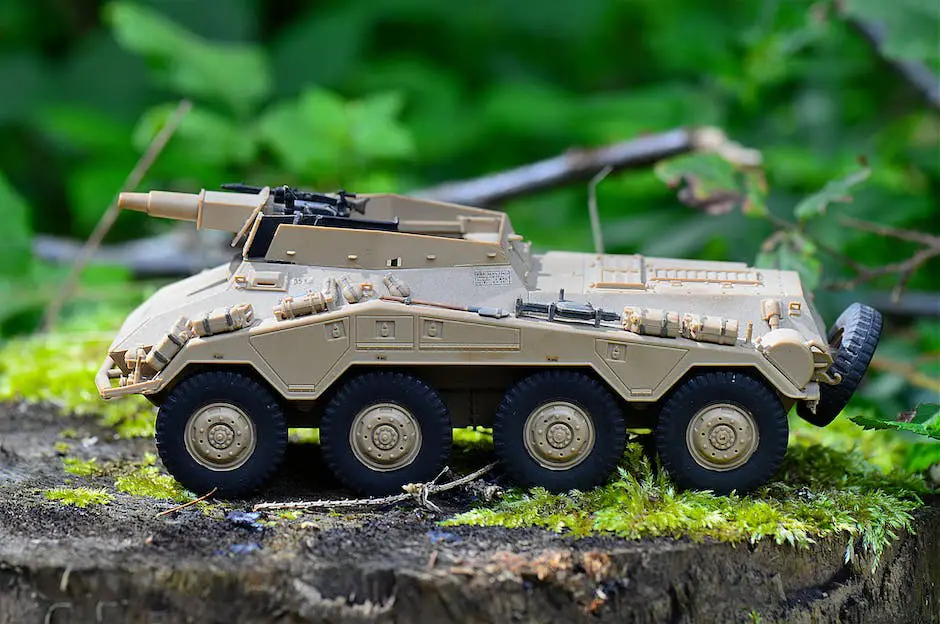
Developing a Rough Sketch
Mastering the Design of Tanks: From Preliminary Sketch to Finishing Touches
The cornerstone of a compelling tank sketch lays not merely in the faithful replication of its distinct features, but in the balance of mathematical precision and artistic flair. Our canvas becomes a battlefield, a testament to human innovation and creativity. We’ve discussed the critical facets of a tank: the pivotal roles of the hull, turret, tracks, armour, engine, and weapons. Now, let’s embark on the journey of sketching a tank with proportional accuracy and creative expression.
Initially, one must delicately mimic the intricate geometry of a tank, evolving simple shapes into complex structures. Begin with a horizontal ellipse to represent the hull; the solid structure that holds the beast. The scale of this shape is vital – it’s the backbone to which the other pieces stick, after all.
As for the turret – the tank’s eyes and teeth – picture an elongated circle or an oval atop the hull. Since it’s the tank’s primary viewing and firing mechanism, it must look formidable yet nimble. This shape should also be taken into account considering the turret’s rotation.
The tank’s tracks, these all-terrain companions, will be represented by two straight lines, parallel to the hull, forming an outline. These lines should appear heavy, effectively portraying the sense of strength, durability and adaptability that these tracks exude.
Next, highlight the tank’s armour. To indicate this protective shell, add layers around the hull, turret and tracks. The precise, angular lines should emphasise the tank’s unparalleled defence and resilience, even in the most severe warfare environments.
The engine, the heart of the tank, is integrated into the hull itself. To embody its power, visually enhance the rear of the hull. It’s the engine that fuels every twist and turn, every progression forward or backwards. To creatively express this mechanism without visibility may be challenging, but it’s a test of your imaginative prowess.
Lastly, the tank’s weapon. Etch the gun onto the turret, the longer and more thickset it is, the better its range and capacity for damage. Still, the balance is integral; an excessively bulky weapon could hint at slower movement and less agility.
By combining these individual elements harmoniously, you create not just a replica of a military vehicle, but a testament to innovation and endurance. This, furthermore, distinguishes a mere drawing from art. After all, art, much like the design of tanks, is a captivating amalgamation of creativity, science, and resilience, each stroke on the canvas a testament to human imagination and inventiveness. Sketching a tank, therefore, becomes more than a task – it’s an exciting challenge, a dance between the realms of accuracy and creativity. So, grab your pencil, and let it twirl across your canvas, echoing the elegant choreography of art and innovation.
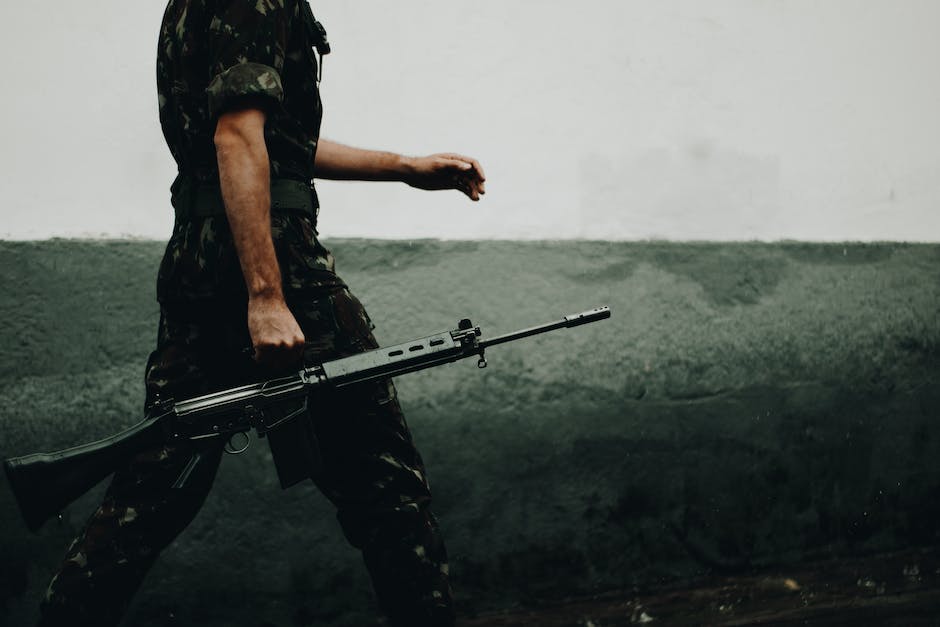
Adding Details and Shading
Among the numerous details crucial in designing a realistic tank sketch, two elements often stand out: detail and shading. Today, we’ll delve into these areas, revealing how one can inject a sense of realism to their tank sketches.
To begin with, detailing a tank demands an acute observation. Pay close attention to the intricate characteristics of each feature and recreate them on paper. Details such as the rivets on the turret, external storage and equipment on the hull, optics for the tank commander, and bore evacuator on the gun add depth and realism to your sketch.
Venture beyond merely drawing the outside of the tank; attempt to portray elements within, such as the engine grid on the hull or the side skirts protecting the tracks. Additionally, the coiling of cables, dents, and scratches on the armor can amplify the authenticity of the tank sketch.
When adding detail, do consider the scales. Small tanks will require fewer details compared to larger ones. Avoid making the detail too ornate or complex, as it can detract from the tank’s imposing and robust impression.
Moving on to shading, it is essential to understand its role in conveying depth and volume in your sketches. Light and shadow add dimension, transforming flat sketches into three-dimensional representations.
Consider multiple light sources to portray a realistic environment: the primary light source (typically the sun), the secondary light source (such as reflections from other objects), and ambient light (generally light scattered in the atmosphere). Figure out your primary source of light and shade appropriately, remembering that shadows deepen as they move further from the light. The areas directly hit by the sun should appear lighter.
Take care also to consider textures. A tank’s armor will have a different texture from the tracks and will reflect light differently. The texture can be communicated using different shading methods; the armor having a smoother, reflective surface might be better communicated with smoother shading, whereas the rougher surface of the tracks might benefit from crosshatching or stippling.
In conclusion, detailing and shading are integral to capturing the realism of a tank. The journey of sketching a tank is as exciting as the finished product itself, and these pointers should provide valuable insights for your artistic endeavours. Keep an open mind, and remember to explore new boundaries continually. From capturing the nuances of its intricate details to the play of light and shadow over its vast, robust surface, a realistic tank sketch lends itself not just as a manifestation of art, but a testament to the ingenuity of design.
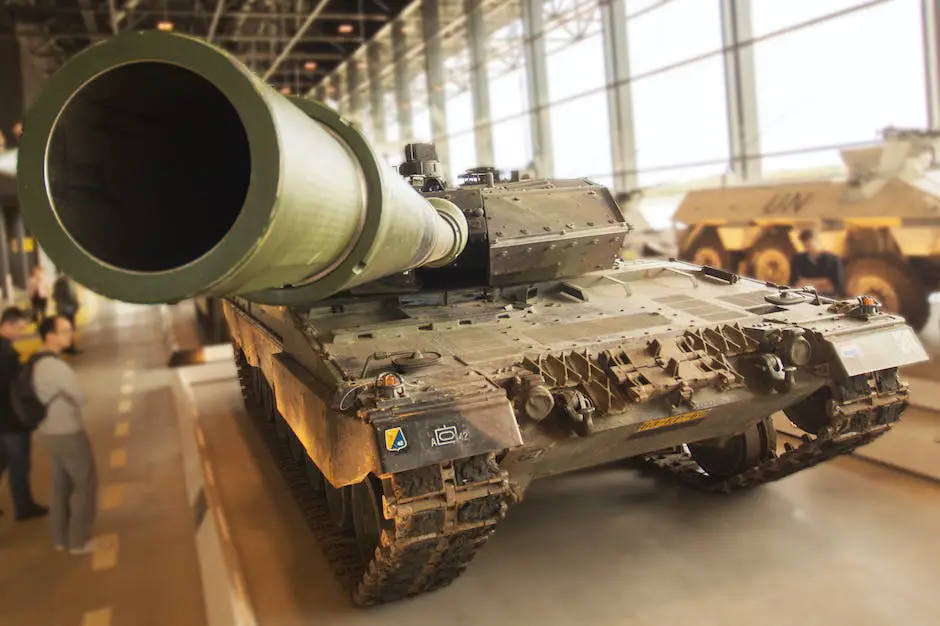
Embarking upon the art of sketching, particularly of something as complex as a military tank, can be an intimidating venture. However, with an understanding of the basic components forming the foundation, you equip yourself with tools essential for capturing the very essence of these powerful machines. Remember, the journey begins with a simple rough sketch, a skeletal structure around which you can gradually build upon, using intricate details and shading techniques. Patience and practice remain key components to mastering this art form, but as you learn to navigate the curves, edges and unique aspects of a tank, every stroke brings you a step closer to creating a masterful representation that is not only visually stunning but brimming with authenticity and depth.
Recommend0 recommendationsPublished in How To




